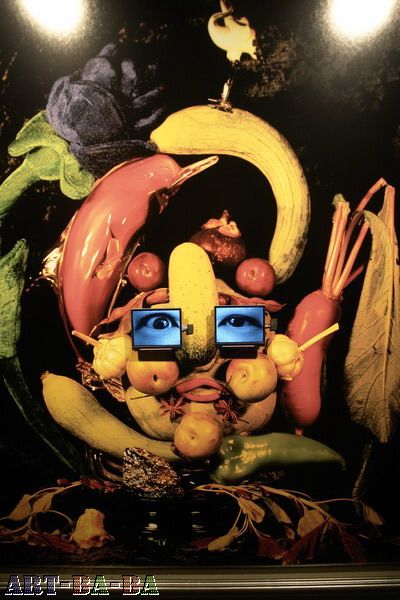[View] Ai Weiwei solo exhibition - Mori Art Museum
IMAGE TRICKS, HAN LEI'S SOLO EXHIBITION
text source: Iberia Art Center website
Curator: Carmen Blánquez de la Torre
Artist: Han Lei
Opening: 4 pm, July 25, 2009
Preview: 3-4 pm, July 25, 2009
Dates: July 25-September 6, 2009
Sponsor: Iberia Center for Contemporary Art
Address: E06, 798 Art Zone, No.4 Jiuxianqiao Road, Chaoyang District, Beijing (Close to the south gate of 798)
Tel: 86-10-59789530
Email: info@iberiart.org
In the process of creating artworks, the media that artists use is a double-edged sword. Whether the effect is good or bad is decided by the way they are applied. Photography is no exception. It is never a pure technique, but a personal method. Susan Sontag mentioned in her On Photography, “As described by photographers, photography is not only an unlimited technique of appropriating realistic world, but also an inevitable expression of solipsism…It describes a personal temperament and discovers oneself through the camera’s treatment of reality.” However even until now, for common people, the most acceptable way of appreciating a photographic work is still the one that can provide the audience with a sense of authenticity. This may result from man’s laziness in thinking, which is probably also a major reason for the popularization of art.
Han Lei never trusts the “authenticity” of what he sees. While preserving the “authenticity” of realistic scenes, his works incorporate personal feelings about those “realities”: maybe doubt, maybe neglect, or maybe just silence. The interposition of subjective feelings has made the realistic scenes in Han Lei’s works possess a rather strong sense of uncertainty. Likewise, the portraits by Han Lei are also inharmonious with the so-called “authenticity”. He puts figures with distinct features of identity in a background without typical characteristics, which challenges man’s habitual way of observation and the subsequent mode of judgment, breaks away from all the conventions and blurs all the boundaries. He creates a “realistic illusion”, which makes the audience re-construct their understanding of the images they see and destroys their habitual laziness in thinking.
“I use the camera to collect the strange feelings hidden in the bottom of my heart. When observing and judging, using film and playing with the camera becomes a ritual, thus I am convinced that photography is one form of magic.” Han Lei uses this sentence to interpret his feeling for photography. “Image Tricks: Han Lei+Photography” held in Iberia Center for Contemporary Art exhibits part of his representative works created from 2004 to 2009 and five black-and-white photographic works of earlier time. It reveals that with the artist’s unique application, photography has surpassed the layer of pursuing “authenticity” or “aesthetic feeling”. It is like a form of magic, revealing the magician’s delicate emotions at heart through realities and illusions. In his recent works Portrait of Li Bai, Portrait of Zhu Da and Portrait of Huai Su, Han Lei displays a more practiced “magic”. He attempts to transplant the method of painting to photography. Based on an intentional imitation of Giuseppe Arcimboldo’s “vegetable” portraits and with the partly interposition of video images, he depicts three classical intellectuals in Chinese art history. With the fiction of photography and the transformation of media, the connotation of these works has become multiple. Han Lei dabbles in the three principle methods of contemporary photography. From the “bystander” photography that shows little personal consciousness and emphasizes objectivity in earlier time, to the subsequent works that preserves “realistic” scenes and incorporate subjective consciousness, and then to these portraits of “false” objective images composed by properties, one may see the interposition of the artist’s personal consciousness is being enhanced, which may just be the key point of the transformation of photography from technique to “trick” in Han Lei’s hands.
